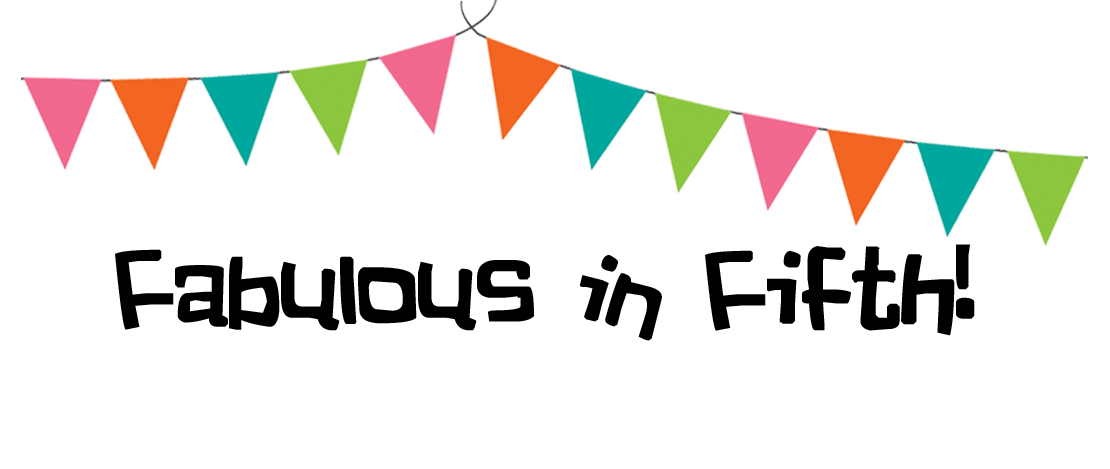Chapter 3: CAFE Step by Step
- Set up bulletin board with headings and definitions (there are many free printables on TPT)
- Blank sheet of paper under each heading for children's sticky notes
The Board on the left is my new board for the fall. It is from Ladybug's Teacher Files.
The Board on the right was from last year. The children made the skills cards for me but I am creating them on the computer this year.
Day1: First Read Aloud
Choose book and model "Check for Understanding"
Introduce CAFE board and add the strategy card
I use check marks for the kids to practice. I have a set of fiction and nonfiction. Click below for post.

| Dots and Spots |
Second Read Aloud
Read a book and model check for understanding
Pick and model a new strategy, they suggest "Cross Checking" (I did this with fourth graders last year and felt that the motions were too young for them)
Third Read Aloud
Read a book and model "Tune In to Interesting Words"
I had them collect words on a book mark. This year we are going to have a calendar to collect words.
Day 2:
Review CAFE skills.
Read aloud a book and model "Back Up and Reread"
Day 3:
Continue introducing, modeling strategies and skills as needed. My fourth graders moved at a quick pace. I could introduce a few skills every day.
From Whole to Individual Conferences
Step 1: Assess with DRA's, IRI's, Running Records, Reading Inventory, Dibels, Etc.
Step 2: Discuss finding with students
Step 3: Set Goals and Identify Strategy
Step 4: Student declares goal on their menu and highlights sheet. Student put sticky note on CAFE board.
Step 5: Teacher fills out Conference Form in the Pensieve. (I use the app Confer)
Step 6: Teacher fills out Group Strategy form and plans lesson
Step 7: Small group instruction based on needs
Chapter 4: Conferring with Children
Step 1: Check calendar for appointments and keep track on sheet
Step 2: Prepare for conference by scanning notes while walking to child
Step 3: Observe child, listen to their reading and see if they apply strategies
Step 4: Give feedback and help child move forward as a reader. Keep the conference short.
Step 5: Observe the child practice the new strategy
Step 6: Plan whether the child needs more practice or is ready to move on. Set up next conference.
Step 7: Encourage the children to continue working hard and give them the sense of responsibility and sense of ownership of their learning.



















































